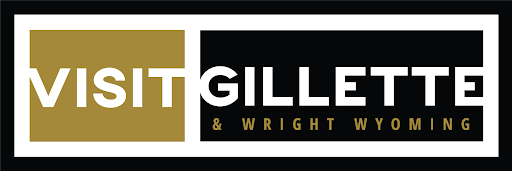
314 S Gillette Ave, Gillette, WY 82716
Phone Number: 307-686-0040
Monday through Friday: 8 am – 4:30 pm
When a Wyomingite makes a promise, they keep it—tough and fair, because in the Cowboy State, those ways of life go hand in hand. In the heart of the American West, where curiosity leads and the courage to stand up for what’s true rules, Gilette-Wright stands as the gateway. Before it became a crossroads for road trippers heading towards their next adventure, this portal to the frontier was steeped in rich cowboy heritage and legends—a history and mindset that birthed the stomping grounds of the famous Wyoming cowboys, celebrated for generations. A cornerstone of ranching traditions and rodeo culture, Gillette-Wright remains the heartbeat of Wyoming’s rugged, authentic cowboy spirit.
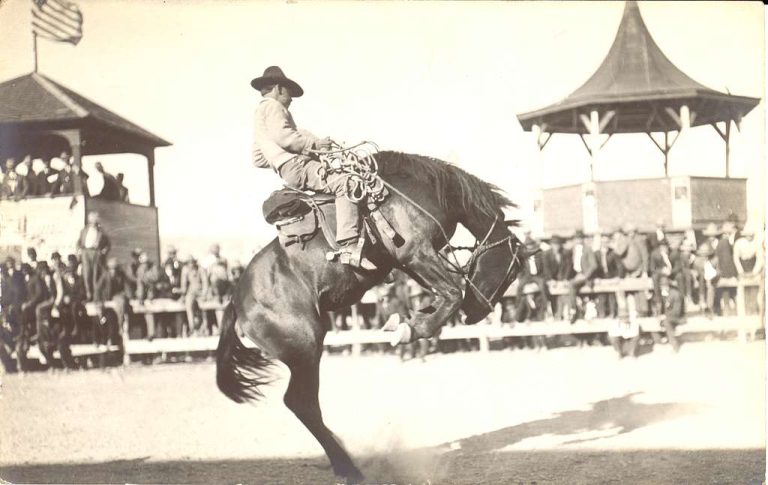
Towering mountains and plains as wide-open as those Wyoming’s iconic cowboys once roamed, busy making this land their own. In nature’s harsh and vast kingdom, it wasn’t all glory—taming the world around them took a special person, one with the tenacity to face the elements while guiding large herds of cattle, as if their lives depended on it.
Picture a post-Civil War cattle boom era, where an influx of settlers flooded the region—drawn by cutthroat competition and the promise of the original American dream: pure opportunity. The Homestead Act of 1862 offered land to those willing to work it, sparking a frenzy of westward expansion. Ranchers had to rely heavily on Wyoming cowboys just to keep pace with the wave. Every settler was out there vying for land. With Americans eager to navigate a new landscape, guiding livestock through unruly terrain and a lawless frontier, the battle was on. Enter the dawn of the cowboys of Wyoming.
Outlaws, gunfights, and famous cowboy showdowns—”Go ahead, make my day.” In the dusty trails immortalized in Westerns, those bullets still echo in modern takes on cowboy history and culture. But the reality? It was more than a smoking face-off. Most Wyoming cowboys started off as hardworking ranch hands—honest and determined to make a living in a dangerous and uncertain world. Cowboys first wandered through Texas, some including early African American cowboys. Then came Wyoming’s kind of cowboy, legendary for their resilience.
Many Easterners found their way west to Texas, where the environment was harsh, and they weren’t yet equipped for the rugged trials of the West. They had to adapt—and quickly—learning the ways of cattle herding, horseback riding, and basic survival. Wyoming’s cowboy culture didn’t saddle up overnight—it was forged through unstoppable persistence and grit.
Gillette, founded as a crucial railway and a ranching town, rose as a central hub for cowboy activity. Strategically located for both cattle drives and transportation, it naturally became irresistible to the heart of Wyoming’s cowboy culture.
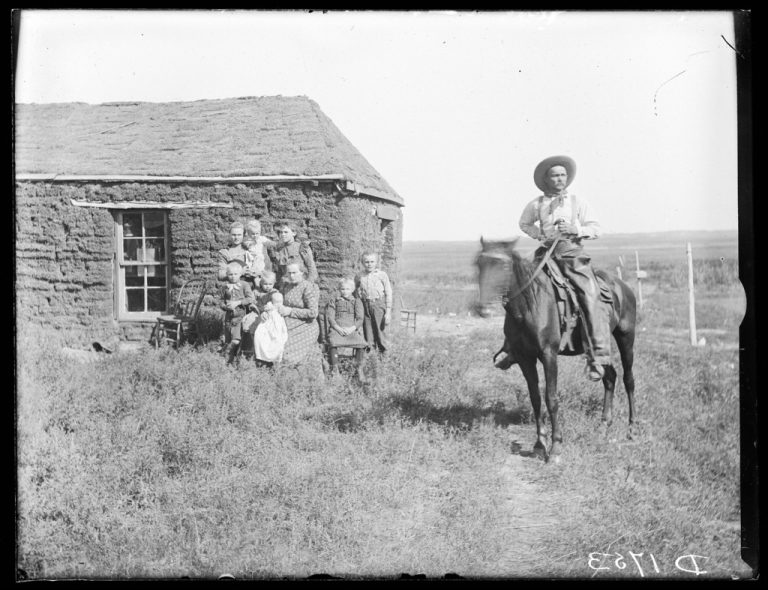
Rewind to the life of a Gillette-Wright cowboy, where a relentless grind marked every day, from dawn ’til dusk—seasons spent herding cattle across the wild, unyielding range. Long days dragged on under the harsh Wyoming sun, testing their endurance. For the early cowboys of Wyoming, rodeo nights called with a thrilling escape, where good competition fueled their spirit and camaraderie gifted the comfort of genuine solidarity. In the bunkhouses, cowboys shared quarters, and here, strangers became brothers. It was in these communal spaces they swapped tales of hard work and daily life, where the land’s toughest challenges felt less daunting when faced together. United, they labored with one goal—to tame the land, to survive and build a legacy. This is how the spirit of the Cowboy State lived on—hard-won and unforgettable.
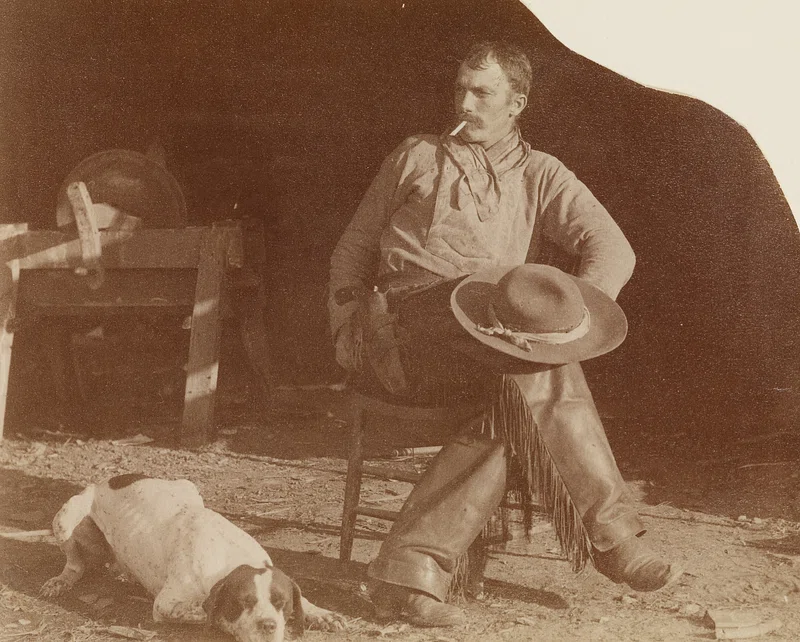
Peek behind the scenes into the state of Wyoming’s rich history—cowboy culture was built on an empire of challenges. In the early days, cowboys were tasked with making a strange new land work on their own terms, all while confronting low wages for physically demanding, nonstop labor. The hardships? Constant. The hours? Long—spent on horseback, herding cattle through stark conditions that would make others flinch. But not these cowboys. These were Wyoming cowboys: devoted to their brotherhood, determined to live off the land, and driven by a code that didn’t break under pressure. Still, they lived on the edge of economic survival, where one failed cattle drive or a string of harsh seasons could unleash total financial ruin.
Years passed. Generations of Wyoming cowboys came and went. Through it all, the ranching industry evolved—and the role of the real, raw cowboy evolved right along with it. By the late 19th century, fencing re-shaped the open-range way of life. Then came new transportation—from railroads to trucks—shaking up how cattle moved and curbing the need for long drives. An innovative landscape, mid-transformation, kicked up new trials. Modern cowboys had to adapt just as fast, mastering new tools and methods to manage livestock while striving to protect the traditions that raised them.
From an old-line world into a bold future, the challenges—and innovations—aren’t slowing down. Cowboy culture will keep chasing the horizon, adapting with every shift. In an age of automation and digital mastery, will timeless skills like roping and riding still find their place? Or will Wyoming cowboys do what they’ve always done—charge a new path, ushering tradition in with reinvention?
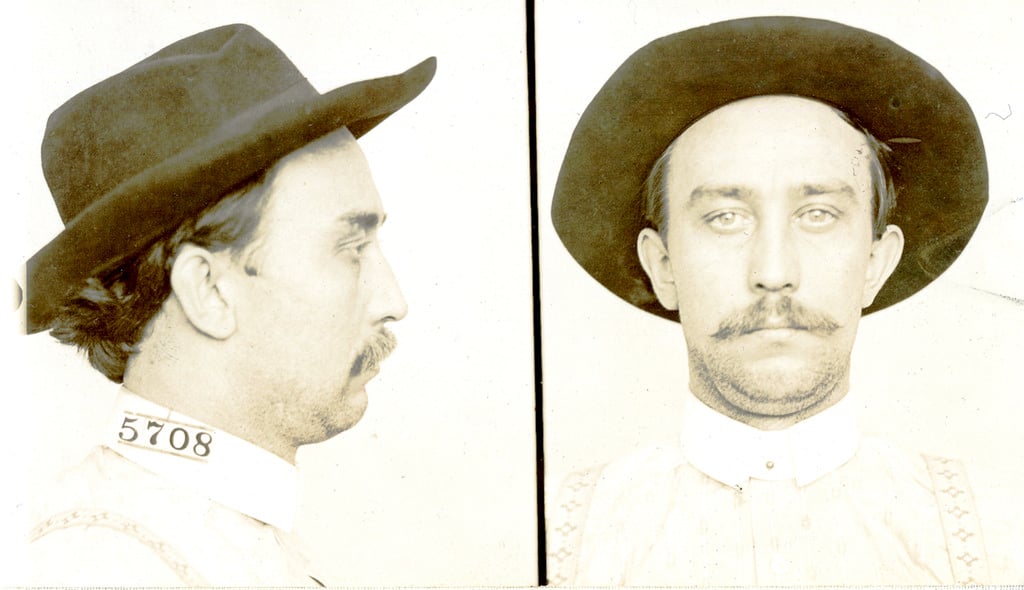
Maycock spent his final morning at his ranch home in Gillette, 72 years old, having lived the kind of life that earned him a place in the Wyoming Cowboy Hall of Fame. Long before that, he knew what it meant to watch range cattle starve through a brutal winter—and did everything he could to protect his family’s livestock feed. That work ethic wasn’t just a trait—it was the absolute foundation of his life.
A sure American cowboy, Maycock ranched with tenacity and competed with heart. Horsemanship like that turned heads, but really, it was the soul he brought to
Before his 2021 Hall of Fame induction—and before he and his wife, Sherry, finally bought the dream ranch he’d chased all his life—Butch Reynolds was giving it his all on the Keeline ranches in Campbell and Weston counties.
It was 1969. He was young, headstrong, and already showing the kind of true-grit that would define his legacy. Ranching with a deep respect for the land and roping with the knack of a champion, Reynolds went on to manage a ranch south of Gillette for nearly 40 years.
Need a colt broken? People called Butch. His high school class even nominated him—quite a testament to a Wyoming cowboy who drew the pride of his entire community.
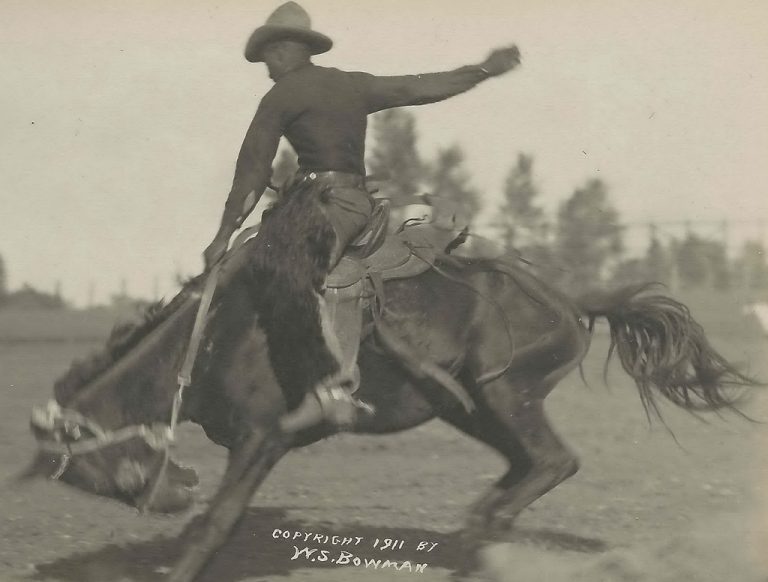
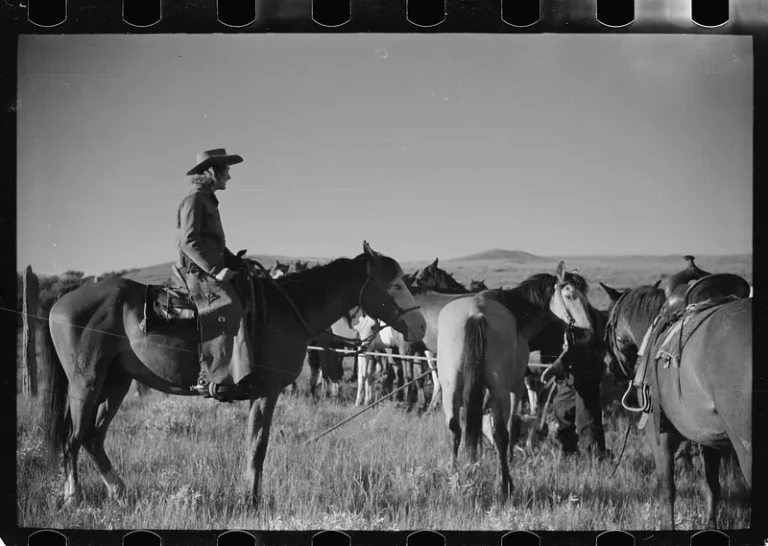
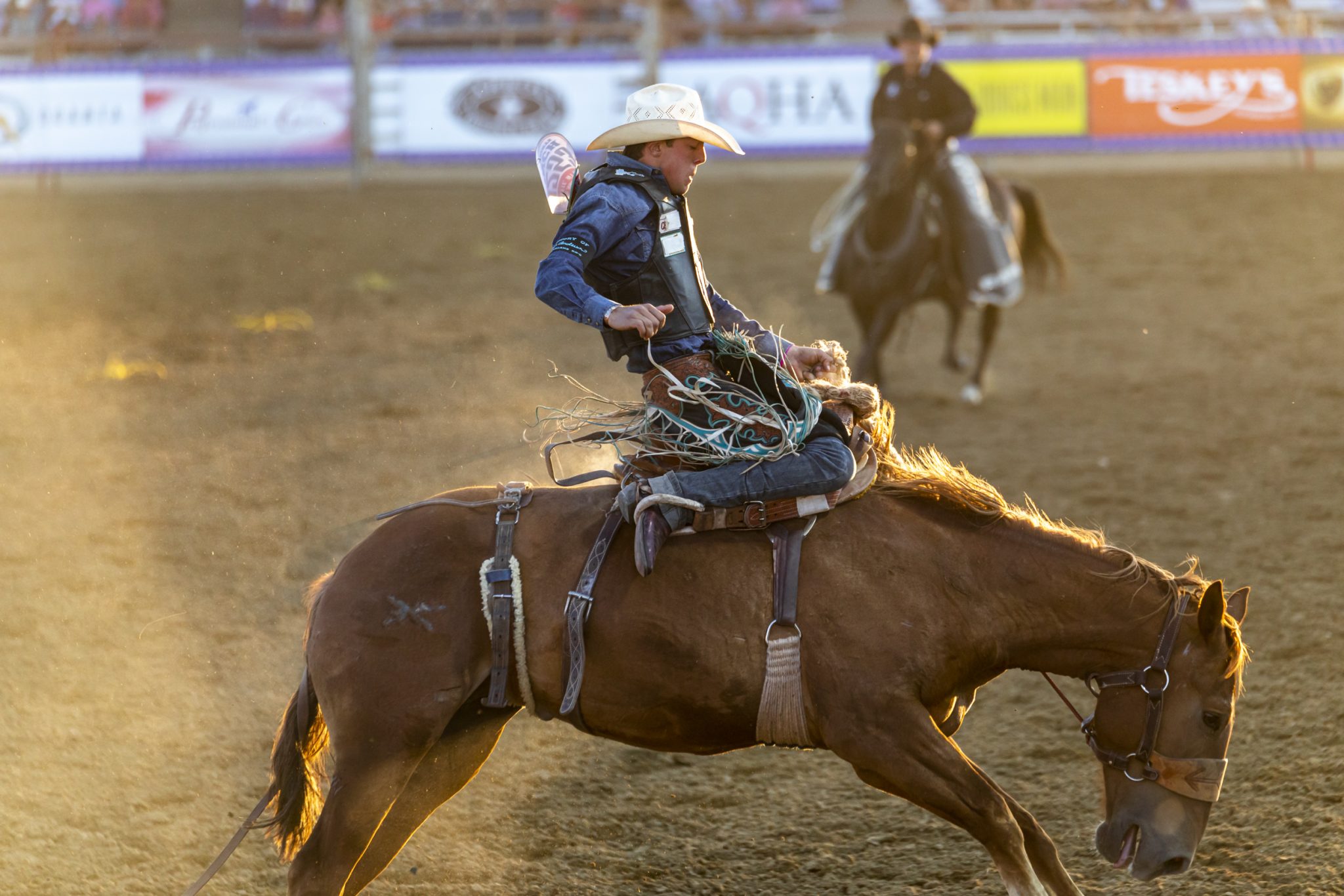

314 S Gillette Ave, Gillette, WY 82716
Phone Number: 307-686-0040
Monday through Friday: 8 am – 4:30 pm
Use the link below or navigate to our contact page to order a copy of our visitors guide!